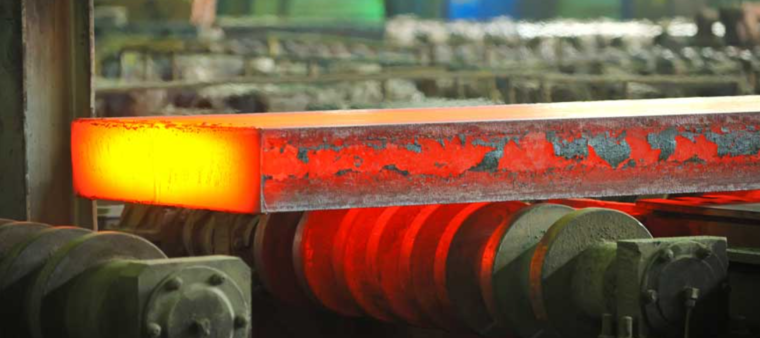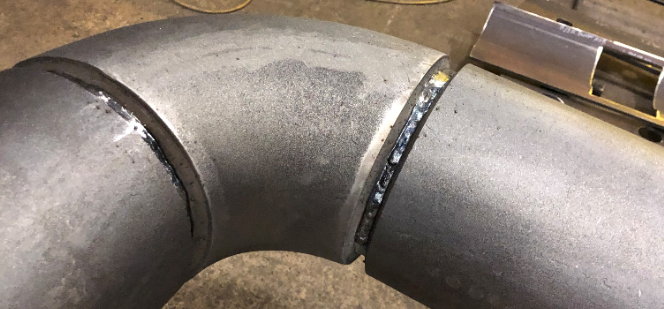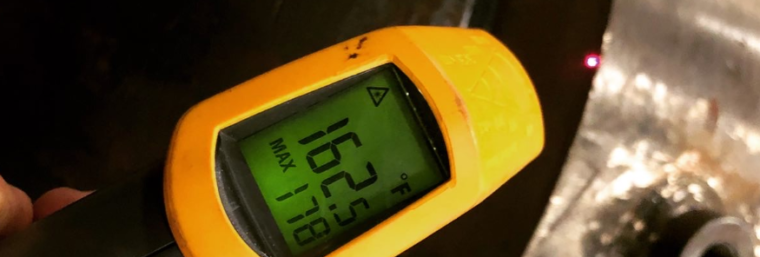How to Weld Quenched and Tempered Steels

It is often incorrectly assumed that quenched and tempered (Q&T) steels are hard to weld or even completely unweldable. This assumption is inaccurate as most Q&T steels have great weldability. However, extreme care must be taken to prevent cracking or loss of certain mechanical properties. A very common quenched and tempered steel is ASTM A514. […]


